What is the tolerance range of precision screws?
What is the tolerance range of precision screws?
Service Hotline
+86760-8787 8587We have more than ten years of production experience in the screw industry, the main products are: horn-shaped hand-tightened claw nut, screw bolts, GB869 solid rivets, B1058 square welding nuts, flat head Phillips screws, joint screw screw link nuts, high-head knurled bolts , Butt nut, professional processing, non-standard screws, aluminum rivet nuts, hexagonal concave head flange bolts with teeth, inner plum anti-theft bolts, pressure riveting parts mother column, hook heavy expansion bolts and other fasteners, due to the product material and Specifications vary, prices vary, please contact us if necessary.


There are two types of bolt detection: manual and machine. Manual is the most primitive and the most commonly used consistent detection method. In order to minimize the outflow of defective products, general production enterprise personnel inspect the packaged or shipped products by visual means to exclude defective products (defects include tooth damage, mixed materials, rust, etc.). [2] Another way is automatic machine inspection, mainly magnetic particle inspection. Magnetic particle inspection is to use the interaction between the leakage magnetic field at the defect of the bolt and the magnetic powder, aiming at the difference between the magnetic permeability of the bolts (such as cracks, slag inclusions, mixed materials, etc.) and the magnetic permeability of steel, these materials are discontinuous after magnetization. The magnetic field at the place will be turbulent, and a leakage magnetic field will be generated on the surface of the workpiece where part of the magnetic flux leaks, thereby attracting the magnetic powder to form the magnetic powder accumulation at the defect—magnetic traces. The accumulation of these magnetic powders is observed and explained, and the purpose of rejecting defective products has been achieved.
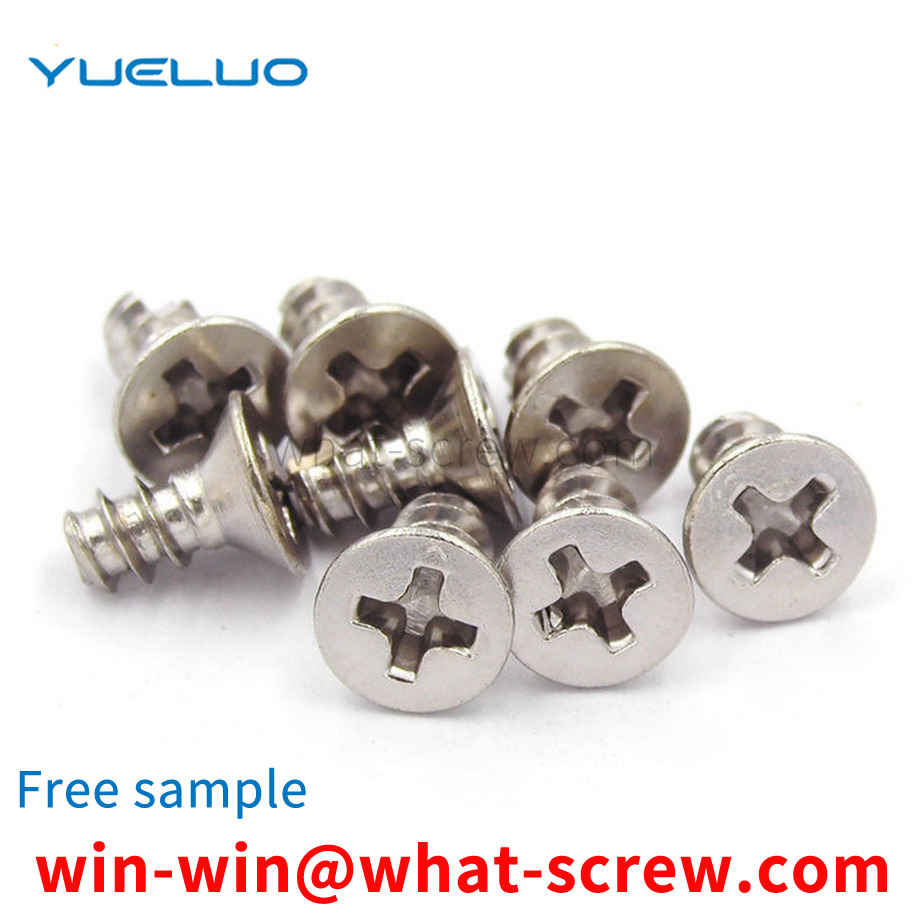
The anti-rotation T-bolt includes a screw rod and a head. An anti-rotation protrusion is designed at the connection between the head and the screw. The cross-section of the anti-rotation protrusion is a square corner with the screw radius as the side length. One anti-rotation protruding shoot can be designed, or two can be designed. In order to ensure the uniform force of the bolt, two are designed.
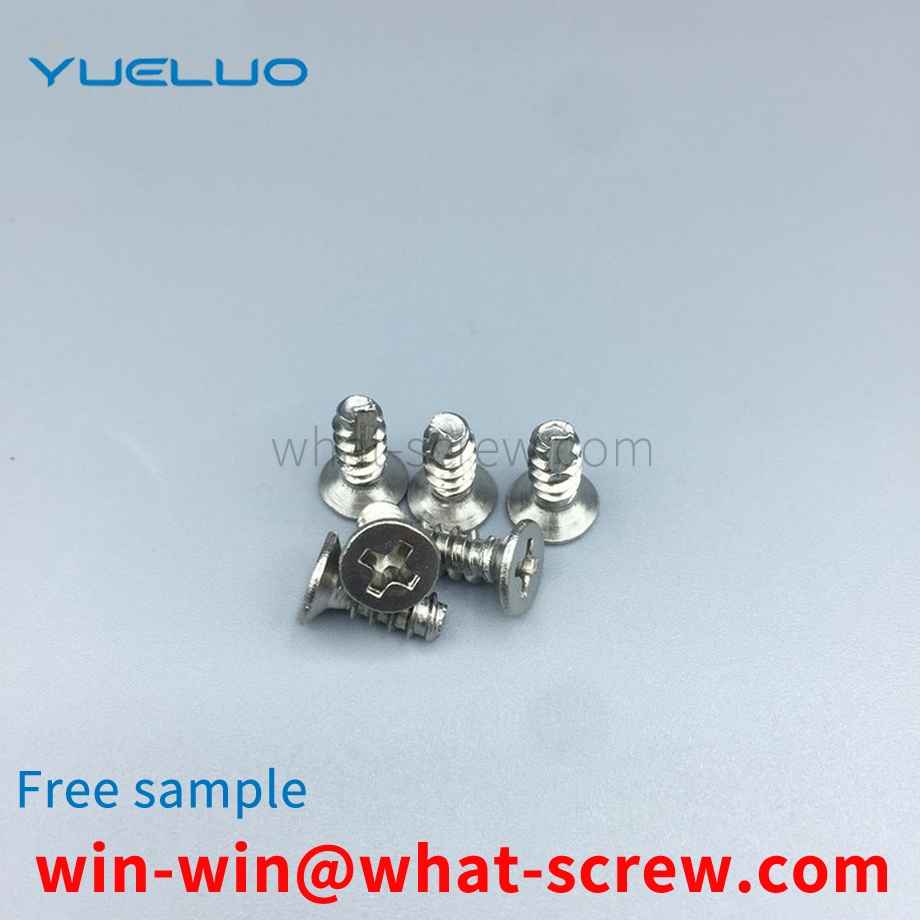
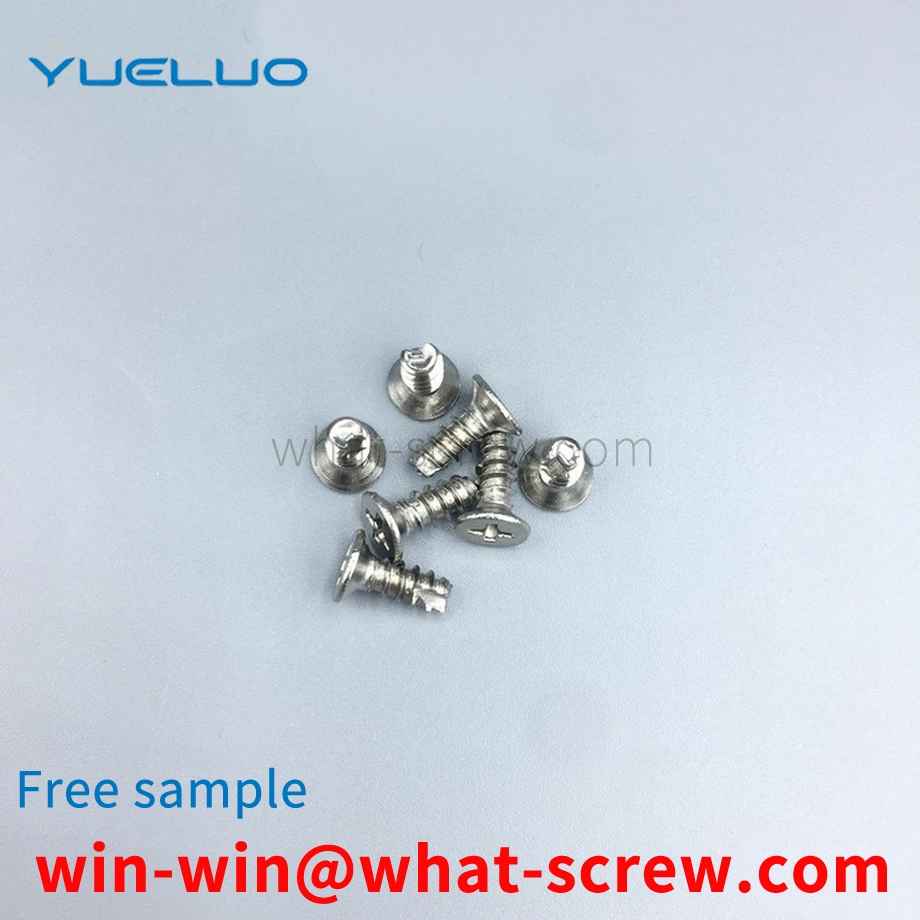
Usually, the pumped storage unit adjusts the opening of the guide vane through the movable guide vane to control the power generation output and the pumping head of the unit. The torque of the guide vane rotation depends on the relay to act on the control ring, and the torque is transmitted to the guide vane rotating shaft through the connecting rod and the arm. The torque transmission between the crank arm and the rotating shaft all acts on the pin located between them. When the unit is overhauled, it is necessary to remove the pin between the arm and the rotating shaft of the guide vane in advance when it comes to the replacement of the guide vane. However, due to the special position of the pin and the limited inspection space, the conventional method is not only time-consuming and laborious, but also has the risk of damaging the pin. Maintenance work brings inconvenience.
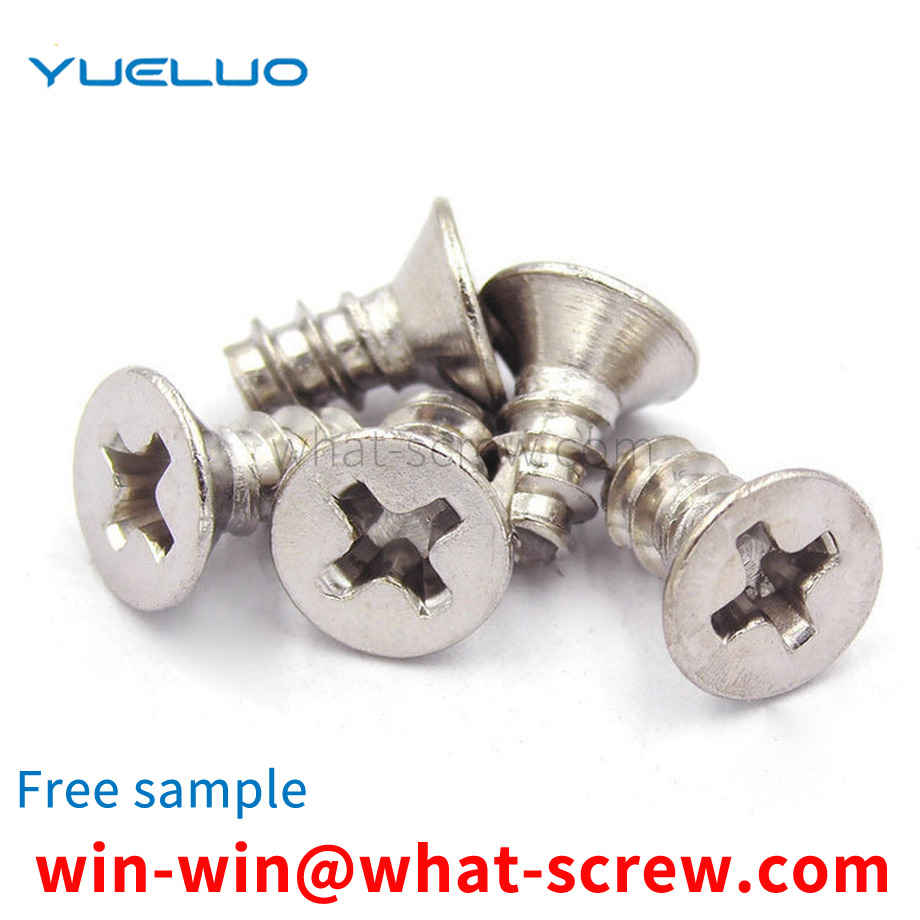
At present, with the continuous growth of the demand for communication products, higher and higher requirements are put forward for the production capacity of equipment manufacturers, and at the same time, the requirements for the cost, weight and reliability of communication products are also more and more stringent. In order to facilitate the positioning of the equipment, pins are often used to complete the equipment, and a certain cost is incurred for its manufacture and assembly. In the past, such parts have been assembled in the form of threads. In order to ensure that the assembly height is within the specified range and to prevent loosening, bar turning is often used to form threads and positioning steps, and thread pinning glue is used in the assembly, and the cost of machining is relatively high. Large, more material waste. Based on the above drawbacks, in order to better solve this problem, some existing manufacturers use the interference fit riveting method, which solves the problem of material waste and anti-loosening, but the inner diameter of the pin hole and the outer diameter of the pin are matched. The machining accuracy of the machine is relatively high. Once the matching size is out of tolerance, a second matching is required, which wastes working hours and increases the slack time.
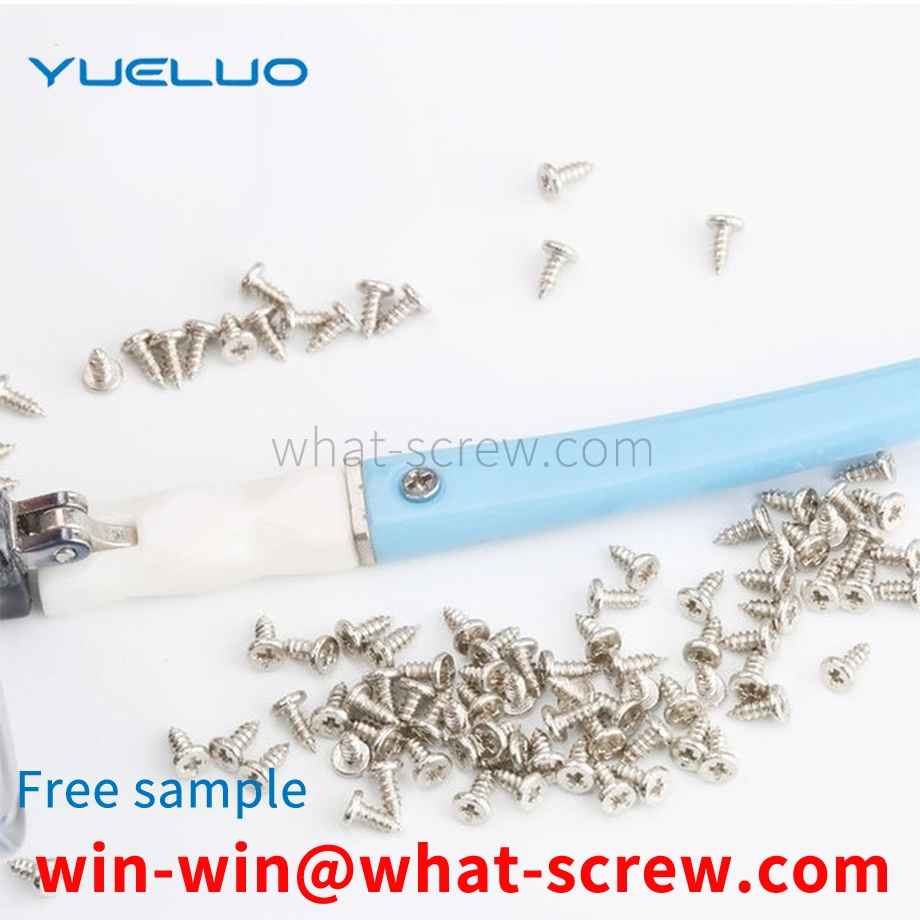
The above content is uploaded by Yueluo or the Internet. If there is any copyright issue, please contact [email protected].

What is the tolerance range of precision screws?

How to choose the right stainless steel screw manufacturer?

Why is there an R angle under the head of the hexagon head s...
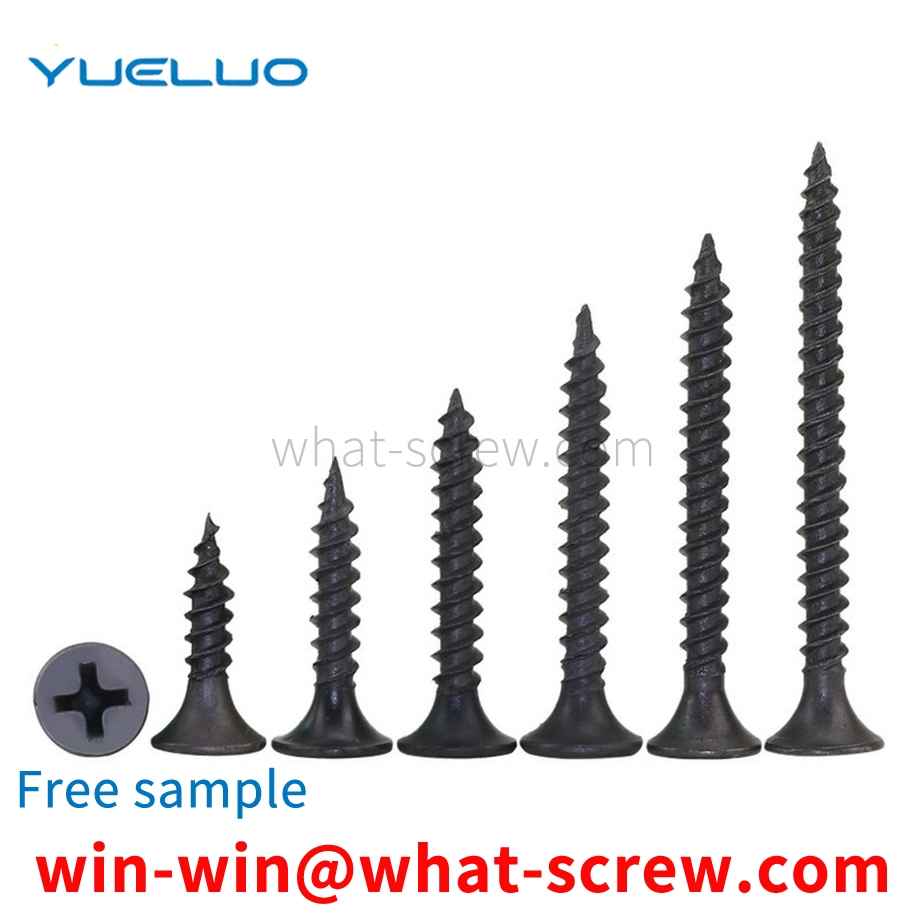
We have more than ten years of production experience in the ...
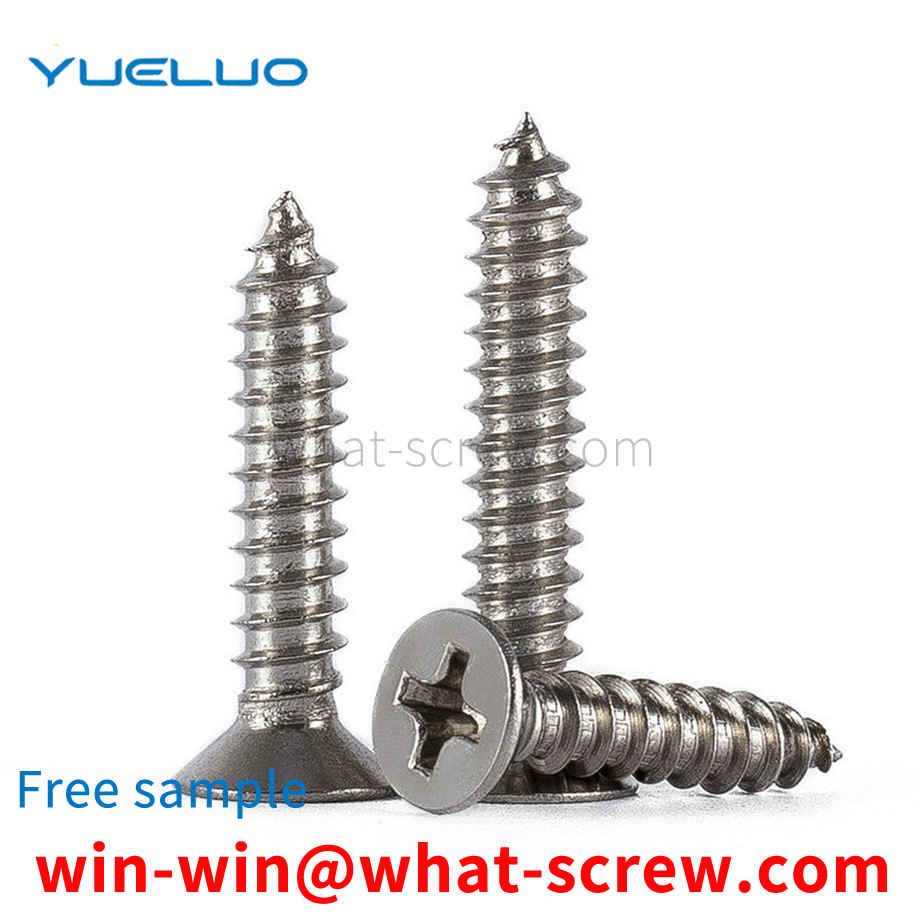
We have more than ten years of production experience in the ...

We have more than ten years of experience in screw industry ...

We have more than ten years of experience in screw industry ...